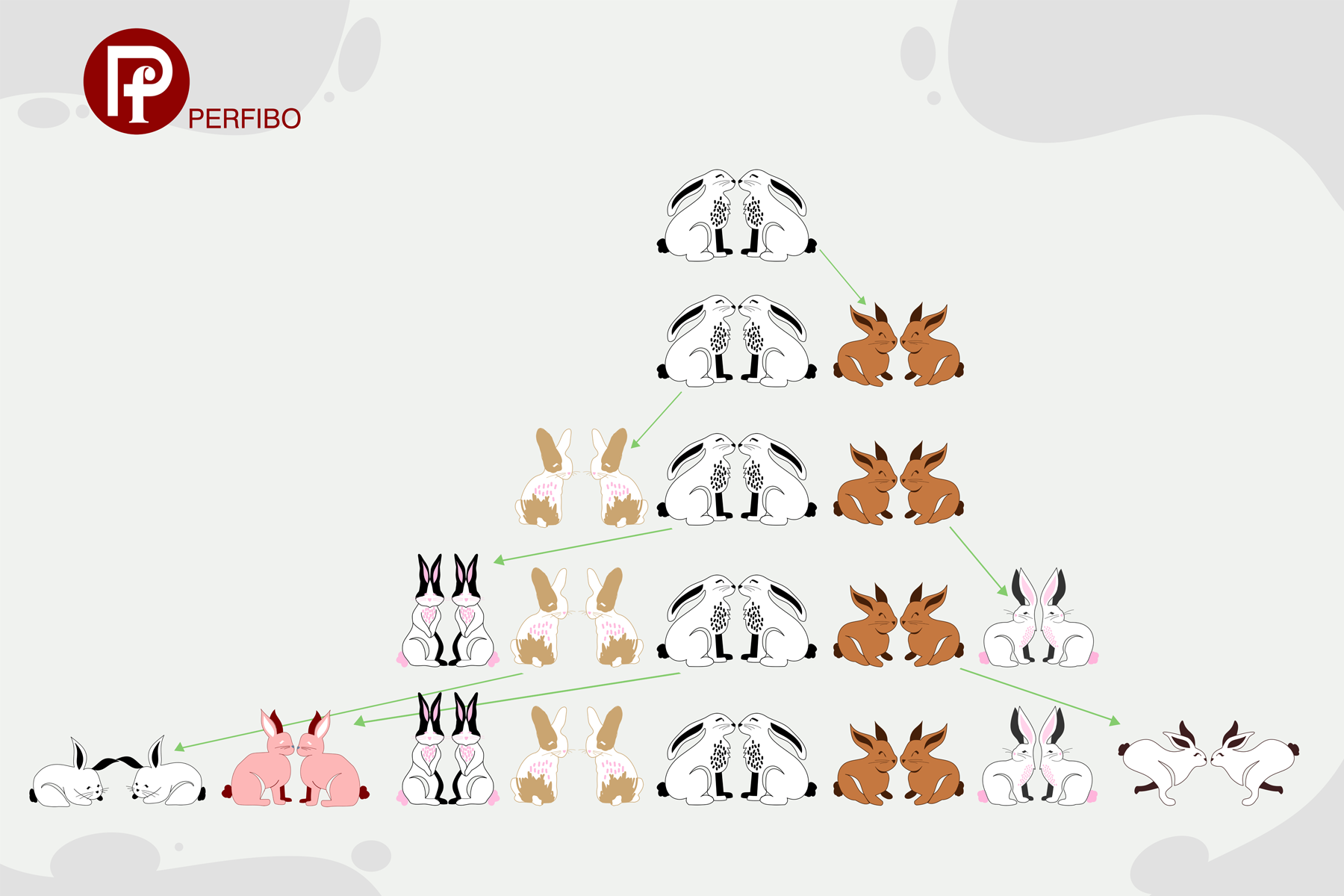About Fibonacci
For some, discovering the mysteries and unveiling the secrets of the universe may prove to be much more thrilling and fascinating than encountering a beautiful thing. Indeed, many intellectuals seek the truth and enlightenment which in and of itself can be considered grace. Although finding the right path and learning the right skills takes hard endeavor, many talented people may already have what it takes to reach their desires within them.
Each living soul is brim with untapped potential that may not be realized. An enlightened man lives like any other, yet he seeks the knowledge to find a path through which these hidden potentials can come to fruition.
Each breath is taken, no matter how insignificant, leaves an eternal trace upon the history of this mundane world and humanity as a whole. If one deliberately chooses to do absolutely nothing, one’s mere existence can and will make a difference; as such any intellectual, given the choice, would firmly choose to affect the world in a positive manner. We all seek a better world and wish for a brighter future, yet we go our separate ways and therefore achieve different outcomes. Thinking about and learning from all the paths already taken can guide us through this perilous journey.
Looking back at history, birth certificates themselves may not have been as relevant and significant as how people had lived or how they had affected the world around them. For instance, when it comes to Fibonacci, we may not care about who he actually was as much as what he had discovered as a result of his unique thought process in the field of mathematics which is the Fibonacci sequence. And that is what distinguishes Fibonacci from the other mortals.
Here is a brief description of the Fibonacci sequence in order to commemorate him and cherish his memory. To learn more about this matter in particular, you may refer to more extensive sources on the subject.
Leonardo Bonacci, also known as Leonardo Bigollo Pisano (“Leonardo the Traveller from Pisa”), or Leonardo of Pisa, more commonly known as Fibonacci or Leonardo Fibonacci was an Italian mathematician widely considered to be the most talented Western mathematician of the Middle Ages. Fibonacci popularized the Hindu–Arabic numeral system in the Western World primarily through his composition in 1202 of Liber Abaci (Book of Calculation).
Even though the Fibonacci sequence, first introduced in “Liber Abaci”, is one of the first descriptions of a numerical pattern outside of India, it has already been described by Indian mathematicians in early sixth-century. In the Fibonacci sequence, each number is the sum of the two preceding ones starting from 1 which would make it look like 1, 1, 2, 3, 5, and so on. He had calculated this sequence up to the 13th number which would be 233, although there is a version containing the next number in this sequence which is 377. Fibonacci had never discussed the Golden ratio when it comes to consecutive numbers within the sequence. Leonardi had observed this numerical sequence while attempting to solve a mental experiment regarding the population of rabbits. As a matter of fact, his solution for the problem about the reproduction of rabbits included a sequence of numbers which later became known as the Fibonacci sequence.
Leonardo who was fascinated by numbers and patterns inspected the world around and came up with a problem that had these assumptions:
- Suppose we have a pair of rabbits, one male and one female
- Suppose rabbits are able to mate at the age of one month
- Suppose it takes one month for each female rabbit to give birth
- Suppose each female rabbit becomes pregnant as soon as they reach maturity
- Suppose each pregnancy produces one male and one female rabbit
- Suppose rabbits never die
Ultimately, the question is: how many rabbits will there be after a specific time has passed?
The resulting numbers are the famous Fibonacci sequence provided below which shows the count of the rabbits.

After introducing the famous Fibonacci sequence, this architecture and algorithm has been witnessed within countless places in nature. For instance, it has been discovered in snails’ shells as well as the growth of tree leaves which bear similarities to the Fibonacci sequences and the Golden Ratio. This structure helps tree leaves absorb more light from the sun and sunflower seeds grow. According to research, the ratio of the diameter of each spiral to the next is 1.618. The Golden Ratio and Fibonacci sequence can be observed in the structure of the human body, flower petal counts, pine fruits, galaxies, and more; as such, it is also known as the Divine Ratio. It is not only prevalent in nature but also in the works of many ancient artists, architects, and mathematicians. A great example would be the ancient remnants found in Greece, Egypt, and Rome such as the Egyptian pyramids and The Parthenon.
